7 bathroom plants that absorb moisture – to help prevent mould, damp and condensation
Struggling with excess moisture in your bathroom? Invest in these 7 plants that will absorb it right up
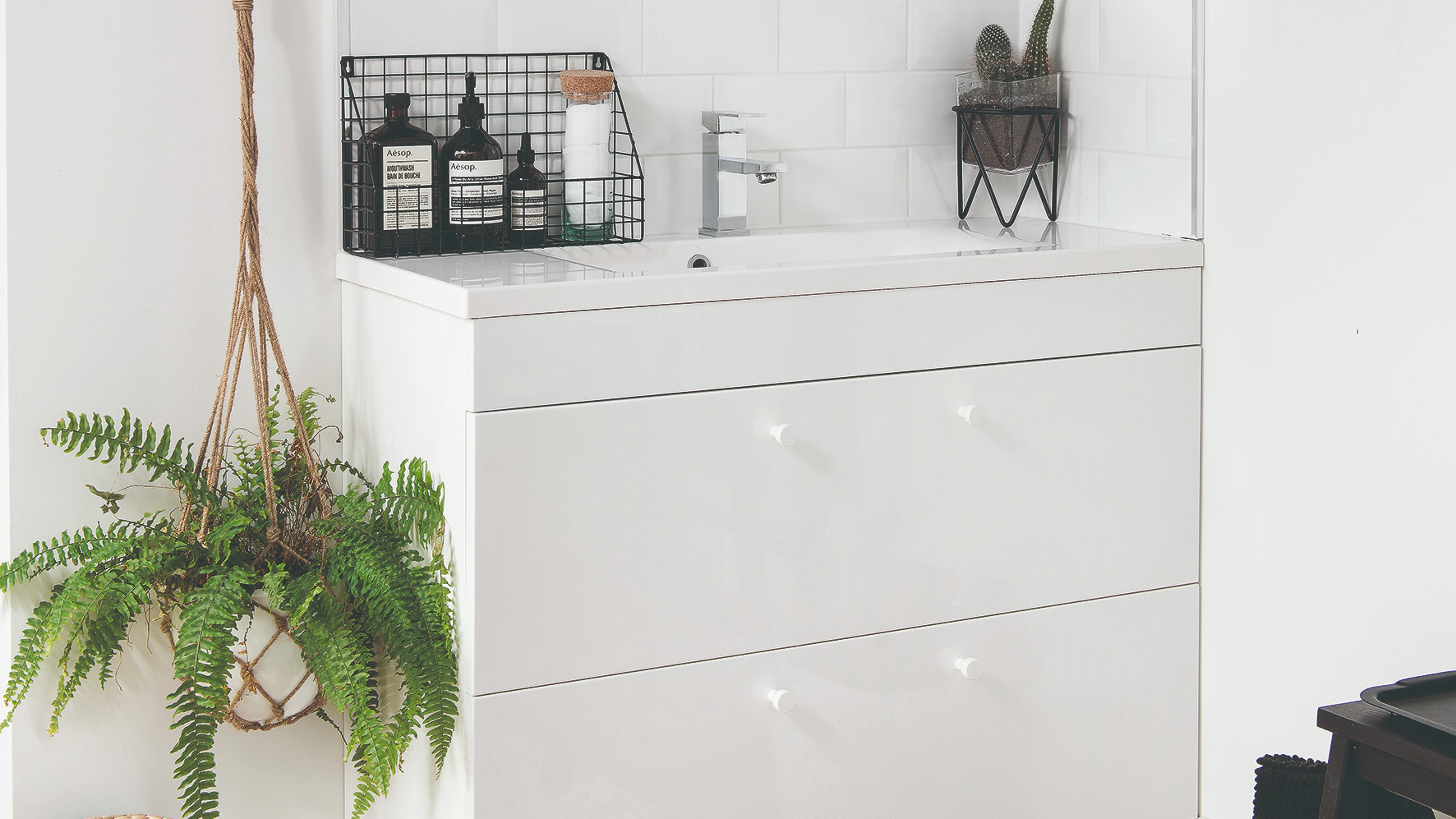

This time of year is infamous for issues like mould, damp and condensation in our homes becoming commonplace. And nowhere is it more prevalent than in the bathroom where we add to the perfect environment for these nuisances with the steam from our showers. But luckily for you, we found the best bathroom plants that absorb moisture.
So if you’re looking for some bathroom plant ideas to prevent and help with existing mould and the likes, then you came to the right place as these 7 houseplants naturally soak up excess humidity in the air, similarly to the best dehumidifiers. But admittedly, they’re not as powerful as a good dehumidifier.
We’re very loyal to our dehumidifiers around here. And if you were wondering if you can use a dehumidifier in the bathroom, the answer is you can as long as there is proper ventilation and air circulation. But adding some moisture-absorbing plants will not only be an aesthetically pleasing feature in your bathroom but working in sync with the bathroom fan, regularly opening your windows and using a dehumidifier, it’s a winning combo to defeat the nasty mould, condensation and damp.
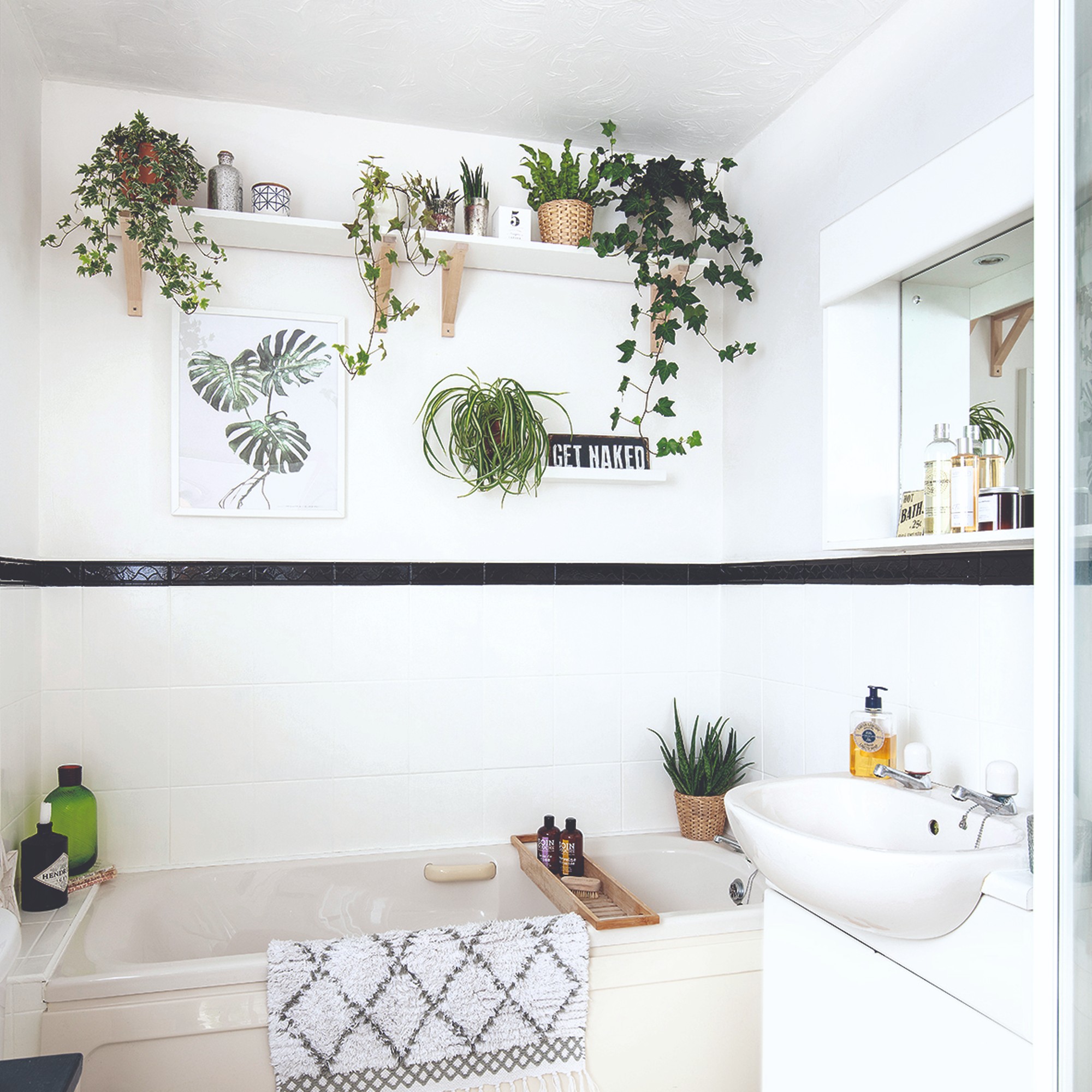
Best bathroom plants that absorb moisture
If you are looking for ways how to get rid of mould or damp in your bathroom (or just prevent it from ever getting there in the first place), then investing in moisture-absorbing houseplants can be the perfect solution.
‘Incorporating moisture-absorbing plants, such as ferns or peace lilies, in your bathroom can indeed help reduce moisture-related issues very effectively,’ says Petar Ivanov, plant and gardening expert at Fantastic Gardeners. ‘However, it'll be very important to strike a balance in watering to make sure they don't become oversaturated. Besides that, you’ll also need to provide proper ventilation, which will still be equally important to prevent moisture-related problems. The most effective strategy will be to combine these plants with good preventative practices.’
These are the 7 best bathroom plants for absorbing moisture along with the best places where to shop for them online.

Petar Ivanov is one of the company's top-performing experts and manages over six teams of gardeners, delivering stunning landscape results and fostering a deep connection with nature through his work.
1. Spider plant
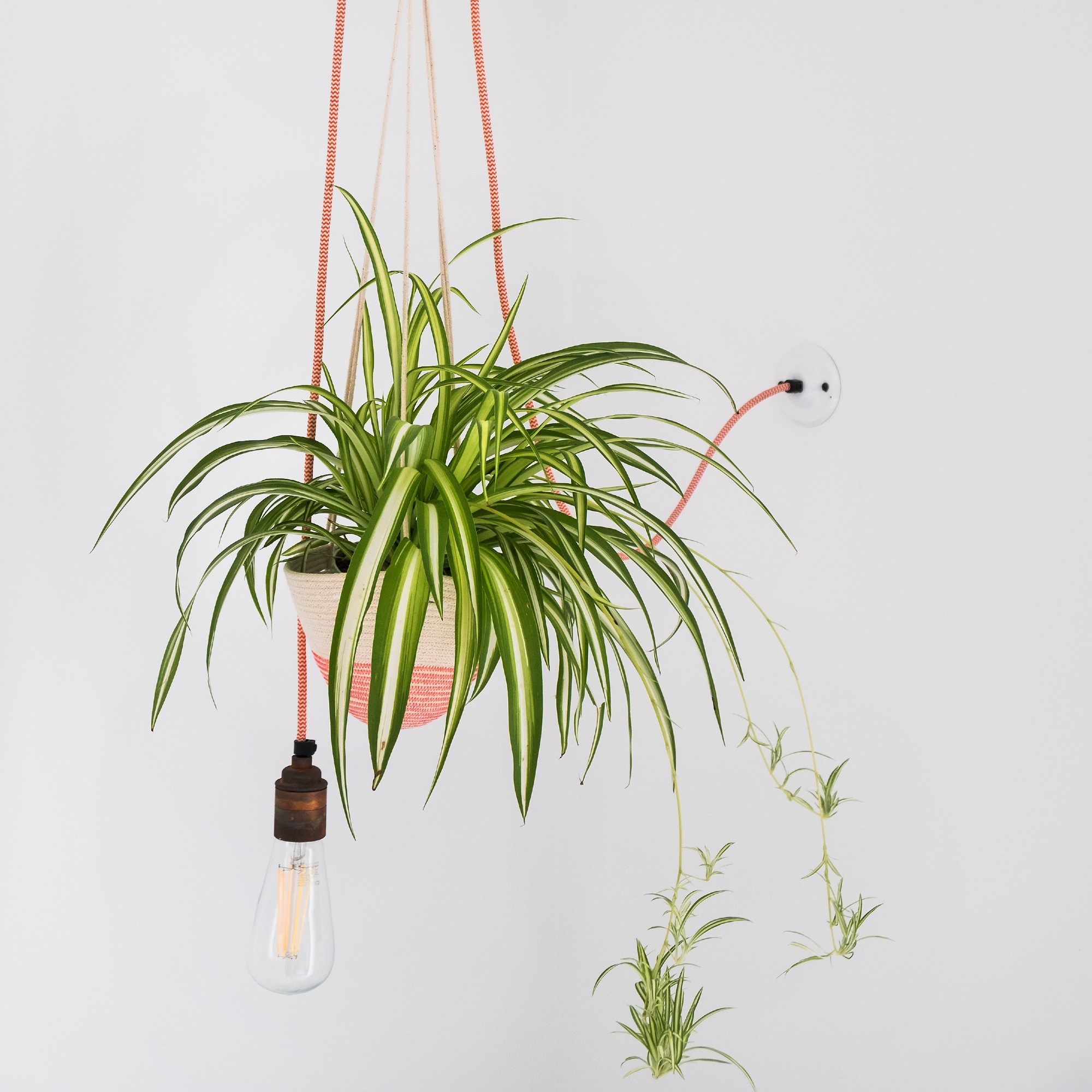
Named after the resemblance of its long and curved leaves all growing from the centre to spider legs, spider plants are among the most popular household plants. But did you know they make the perfect addition to your bathroom?
Get the Ideal Home Newsletter
Sign up to our newsletter for style and decor inspiration, house makeovers, project advice and more.
‘As well as being able to absorb moisture, spider plants help improve air quality and are incredibly tolerant of high humidity levels,’ says Steve Chilton, garden expert at LeisureBench.
As if that wasn't enough, this retro icon is also delightfully easy to care for.
Where to buy Spider plant:
2. Boston fern
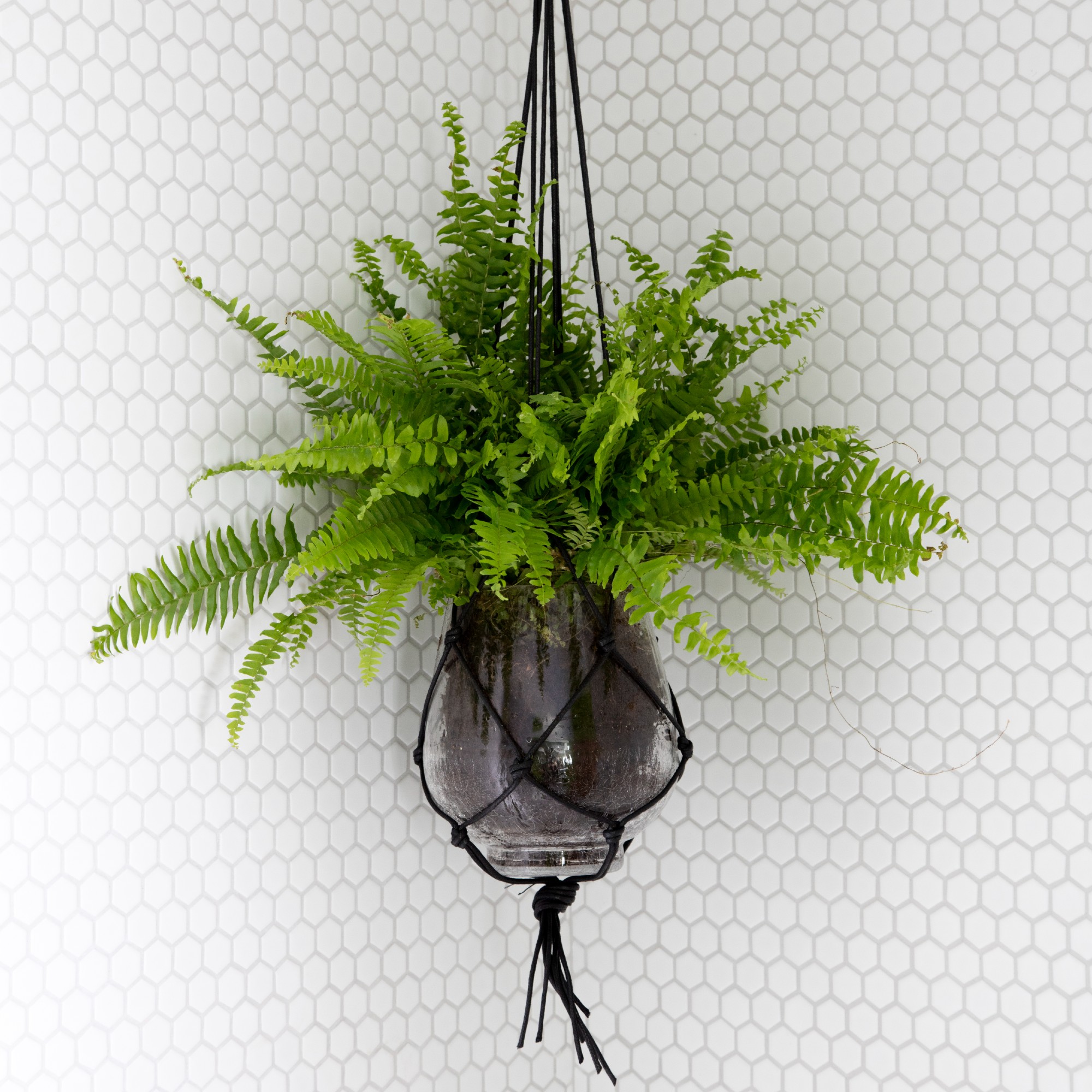
Often seen in many a stylish Instagram bathroom shot, Boston ferns are bushy tropical plants that are happy to drink up the excess moisture in your bathroom and look great while doing it.
‘This beautiful and elegant tropical plant isn’t only visually appealing but it’s also great at reducing humidity and placing it in a bathroom can significantly reduce the moisture levels,’ Petar says.
Where to buy Boston fern:
3. Aloe Vera
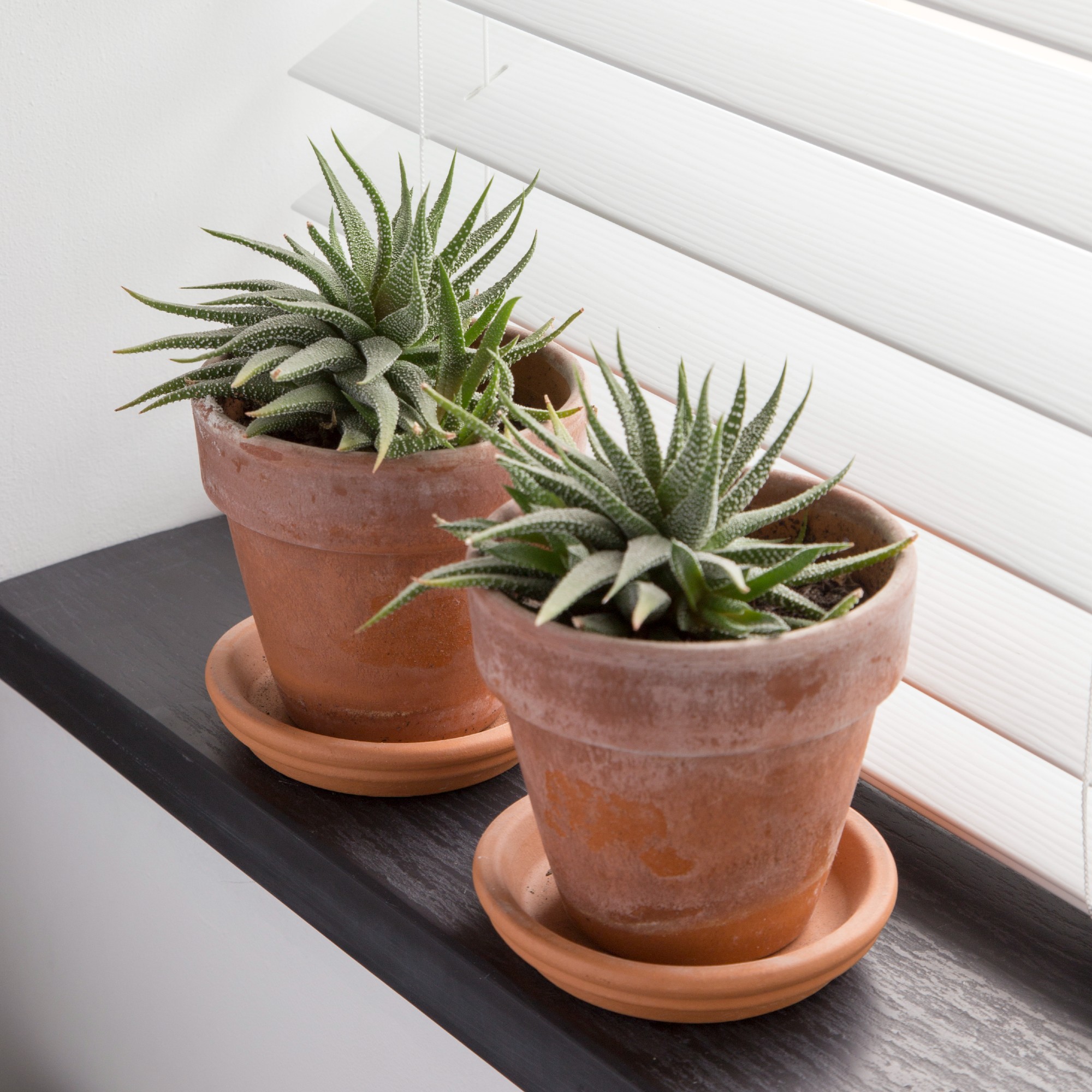
Aloe Vera is one of those houseplants that are almost impossible to kill. And it so happens they’re also great at absorbing moisture from the air and thrive in humid environments.
‘These plants really do a good job of absorbing excess moisture, and even have medicinal properties,’ Steve explains.
Where to buy Aloe Vera:
4. Peace Lily
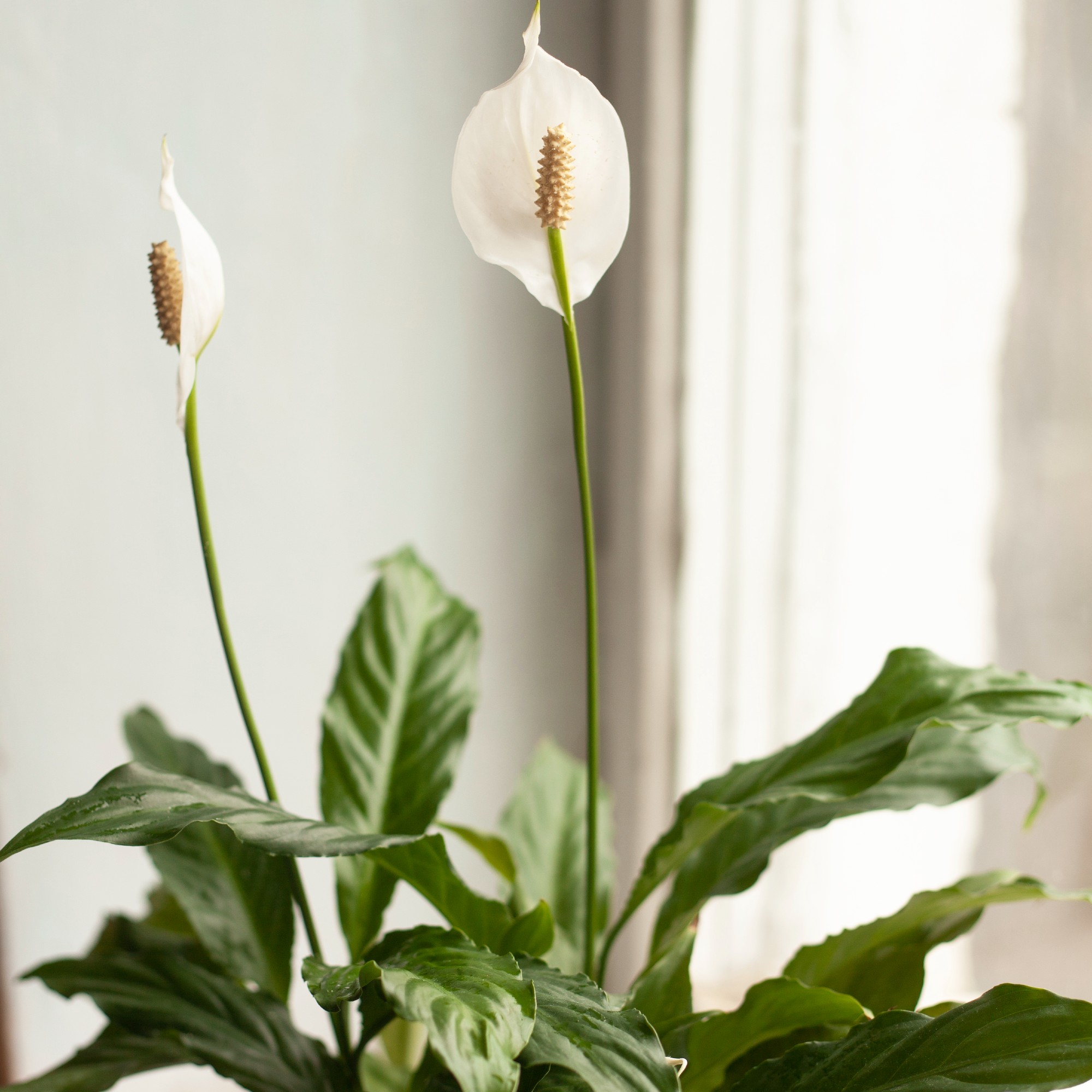
‘The Peace Lily is known for its beautiful white blooms but it’s also powerful in improving air quality and reducing humidity levels by absorbing moisture through its leaves. Placing it in a bathroom can greatly contribute to creating a healthier and more enjoyable space,’ Petar advises.
And through its air quality-improving skills, this beauty is also great at removing mould spores from the air. What’s not to like?
Where to buy Peace Lily:
5. English Ivy
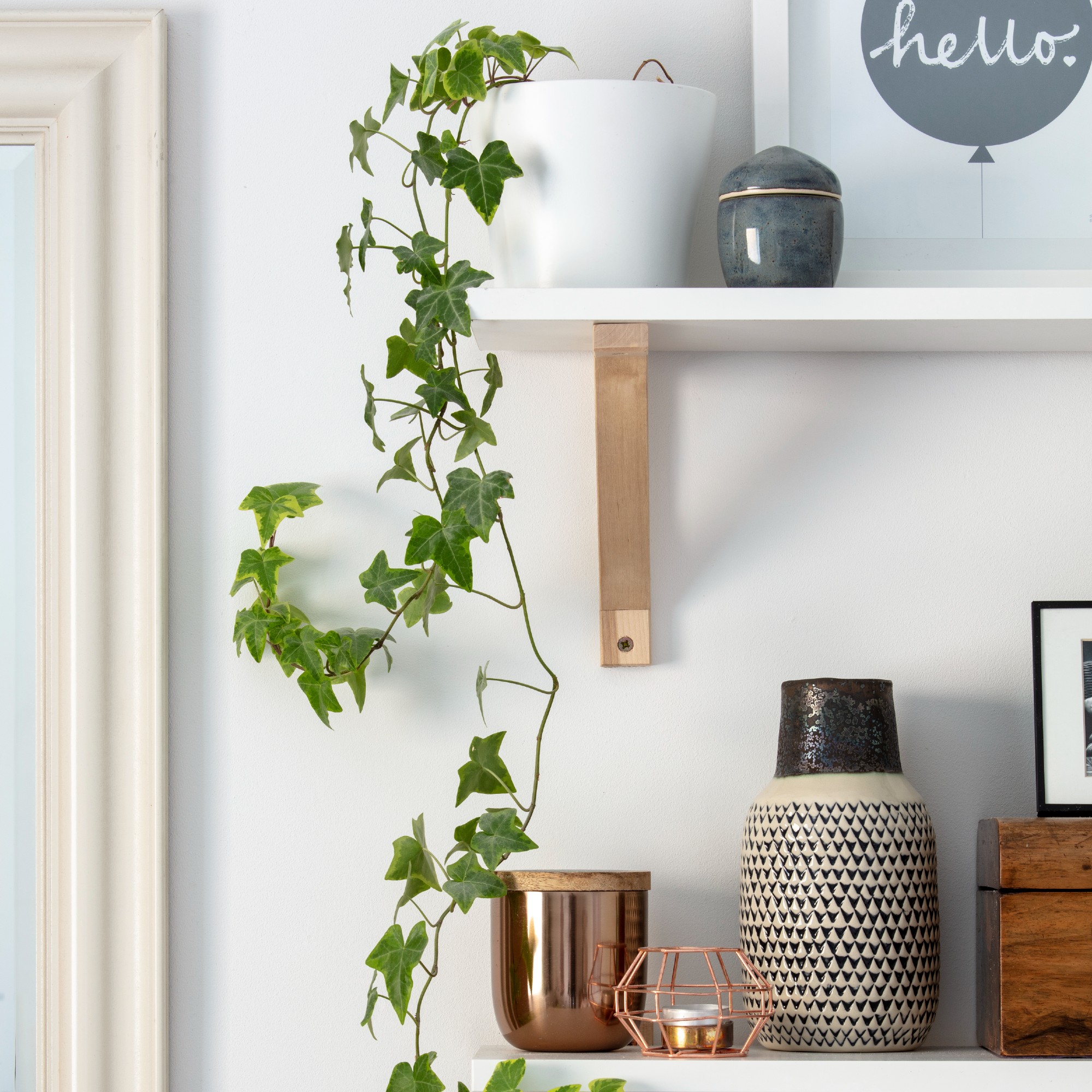
Similarly to the Peace Lily, the country’s staple that is English Ivy also has air-purifying qualities.
‘The English Ivy is a great anti-pollutant, and really helps purify the air. It also helps remove mould spores and enjoys living in generally moist/damp conditions,’ Steve says.
Where to buy English Ivy:
6. Bamboo
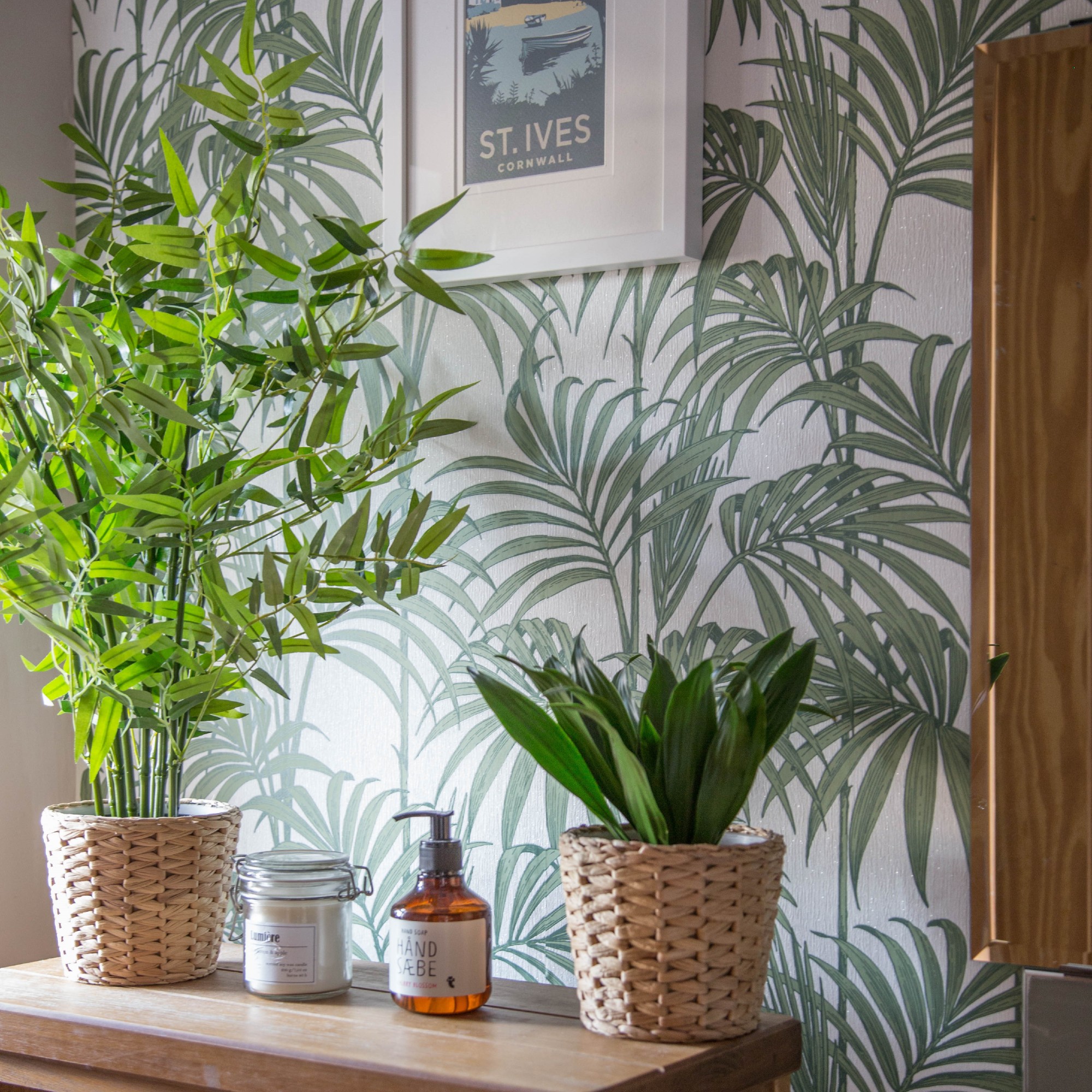
If you’re after a larger plant to add to your bathroom, bamboo is the ideal candidate.
‘Bamboo generally helps control humidity levels, and grows successfully and quickly in a damp, humid environment,’ Steve recommends.
Where to buy bamboo:
7. Tillandsia
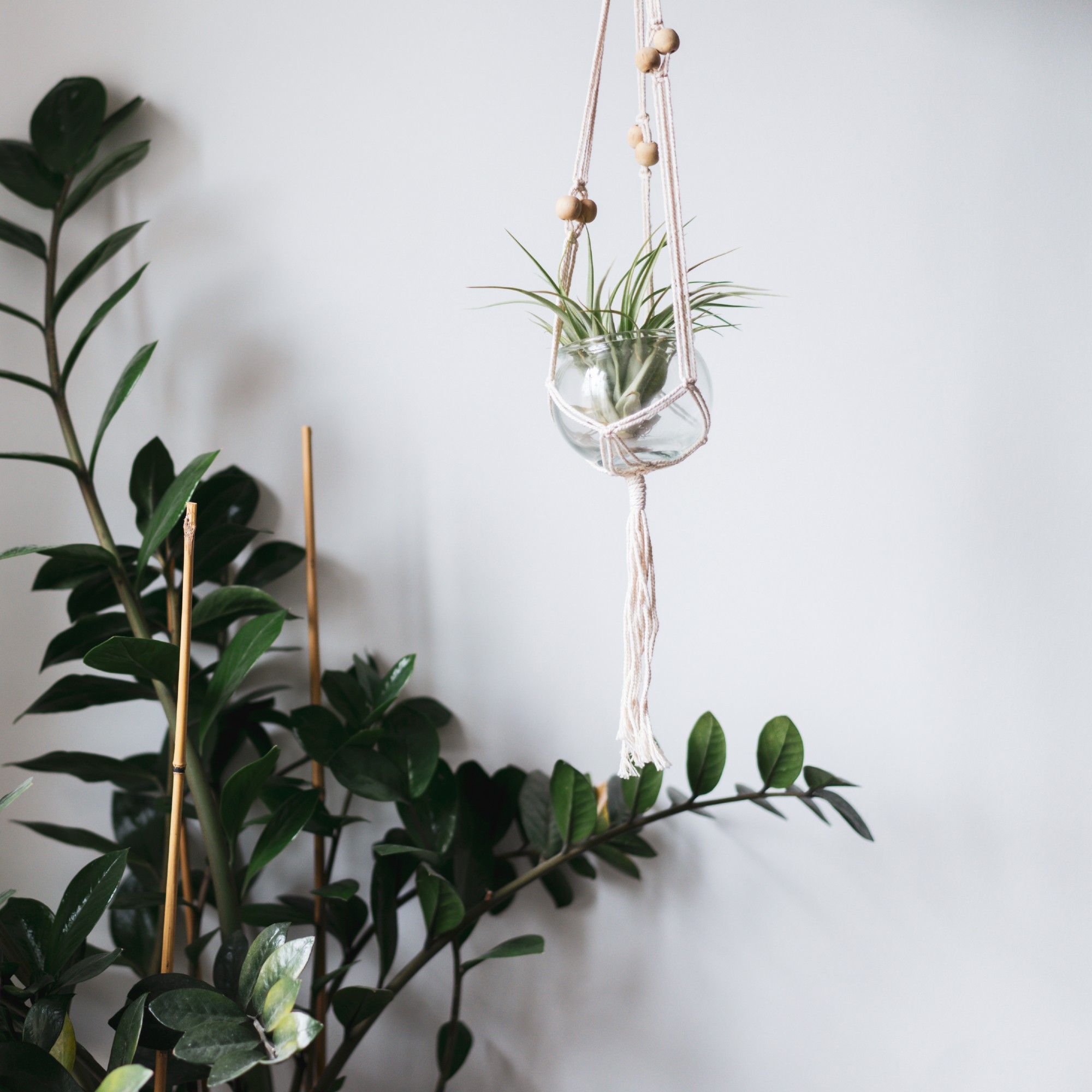
Also known as air plant, Tillandsia is a unique plant that thrives in bathrooms more than anywhere else in the house.
‘It’s a botanical curiosity because it actually doesn’t require soil to grow. It absorbs moisture from the air through its leaves and it’s a great choice even for people who aren’t great with plants,’ Petar explains.
Where to buy Tillandsia:
- Amazon: Craftmoor 3 Air Plants Tillandsia Ionantha Red, Green and Rubra Ionatha
- Crocus: Air plant (Tillandsia capitata) Peach in a hanging glass globe

Steve is a passionate and knowledgeable garden expert with several years of experience within the field. As the director of LeisureBench, an industry-leading garden furniture company, Steve has developed strong expertise for all things nature and plants.
FAQs
What can I use to absorb moisture in my bathroom?
There are several ways in which you can get rid of moisture in your bathroom. A dehumidifier is a great option as are naturally moisture-absorbing houseplants. But both should also be accompanied by regular preventative measures against damp, mould and condensation development.
‘I highly recommend having these plants alongside following common damp removal practices such as: opening the windows and ensuring proper ventilation, switching on your bathroom fan, turning down the temperature of your shower,’ Steve says.
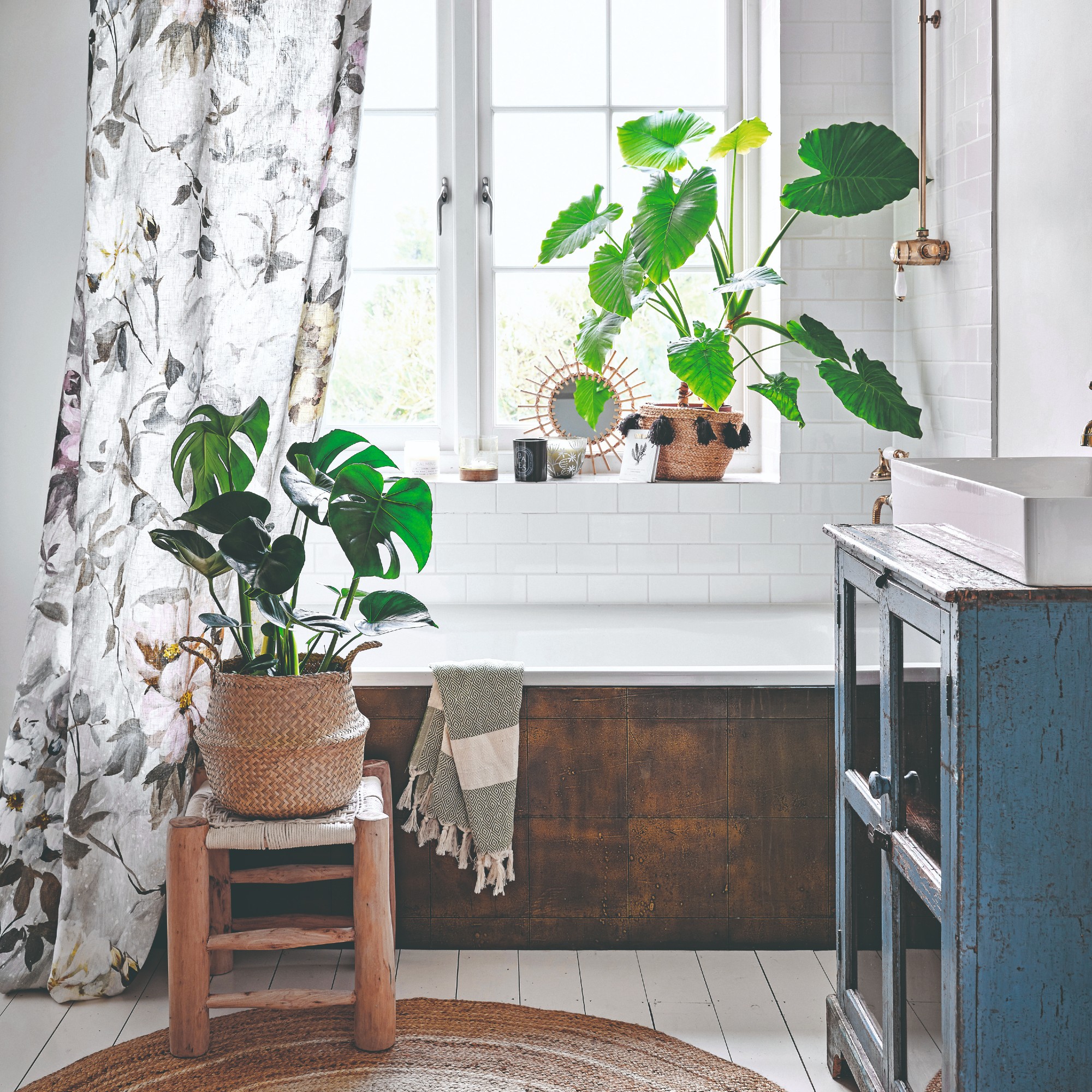
Which plant absorbs mould spores?
English Ivy and Peace Lily are the best plants you can invest in to purify the air in your home and get rid of mould spores.
‘The English Ivy is known for its trailing vines and elegant leaves but few people know that it’s also great for reducing humidity and the risk of mould growth,’ Petar says.
Steve continues, ‘Peace Lilies survive well in moist environments such as bathrooms, and are well-known for their ability to remove toxins such as mould spores from the air.’
Now we’re off to fill our bathrooms with some pretty plants to hopefully absorb all the excess moisture in the air.

Sara Hesikova has been a Content Editor at Ideal Home since June 2024, starting at the title as a News Writer in July 2023. She is now also the Ideal Home Certified Expert in Training on Furniture, and so far has tested 80 different sofas.
Graduating from London College of Fashion with a bachelor’s degree in fashion journalism in 2016, she got her start in niche fashion and lifestyle magazines like Glass and Alvar as a writer and editor before making the leap into interiors, working with the likes of 91 Magazine and copywriting for luxury bed linen brand Yves Delorme among others.
-
 Will a conservatory add value to your home and how can you maximise it?
Will a conservatory add value to your home and how can you maximise it?This is what the pros say
By Amy Reeves
-
 I’ve been looking for a new signature scent for my home and The White Company's new fragrance is the exact summer holiday smell I needed
I’ve been looking for a new signature scent for my home and The White Company's new fragrance is the exact summer holiday smell I neededSantorini smells fresh, summery and sophisticated
By Kezia Reynolds
-
 How to remove algae from garden walls in five steps – and the cleaning product experts rave about for tackling it fast
How to remove algae from garden walls in five steps – and the cleaning product experts rave about for tackling it fastExperts share their top tips for getting garden walls algae-free
By Katie Sims